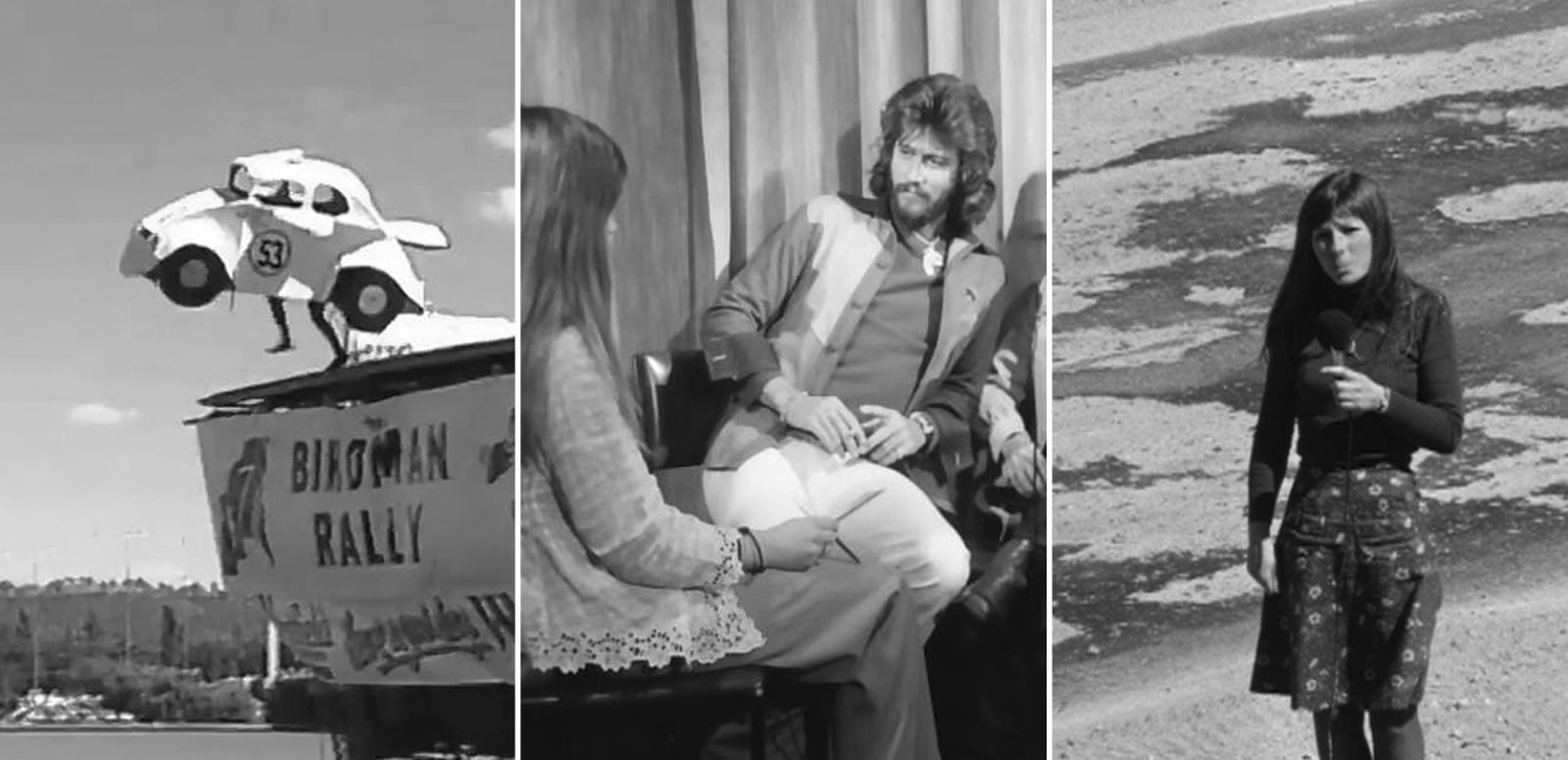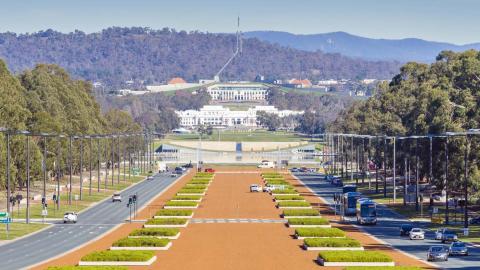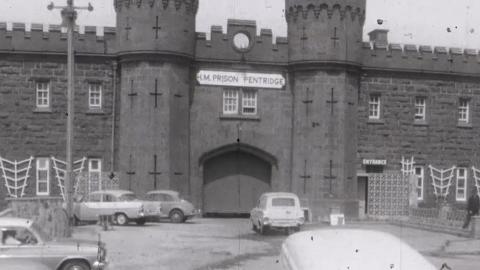

https://nginx-develop-nfsa2.govcms7.amazee.io/sites/default/files/collection/hero_image11-2016/news-from-capital.jpg
News from the Capital
News from the Capital
Highlighting Canberra's hidden history
The NFSA has uncovered some hidden gems from Canberra's forgotten history in the holdings of the ACT's first commercial television station, CTC 7 (now 9).
They are part of a news collection covering 1965 to 2001. Along with being an important record of news events in Canberra and the surrounding regions from Goulburn to Cooma, the news stories and bulletins show the progression of the station’s branding from CTC-TV to Capital 7, Australian Capital Television, Ten Capital to Southern Cross Ten.
The National Film and Sound Archive of Australia acknowledges Australia’s Aboriginal and Torres Strait Islander peoples as the Traditional Custodians of the land on which we work and live and gives respect to their Elders both past and present.


